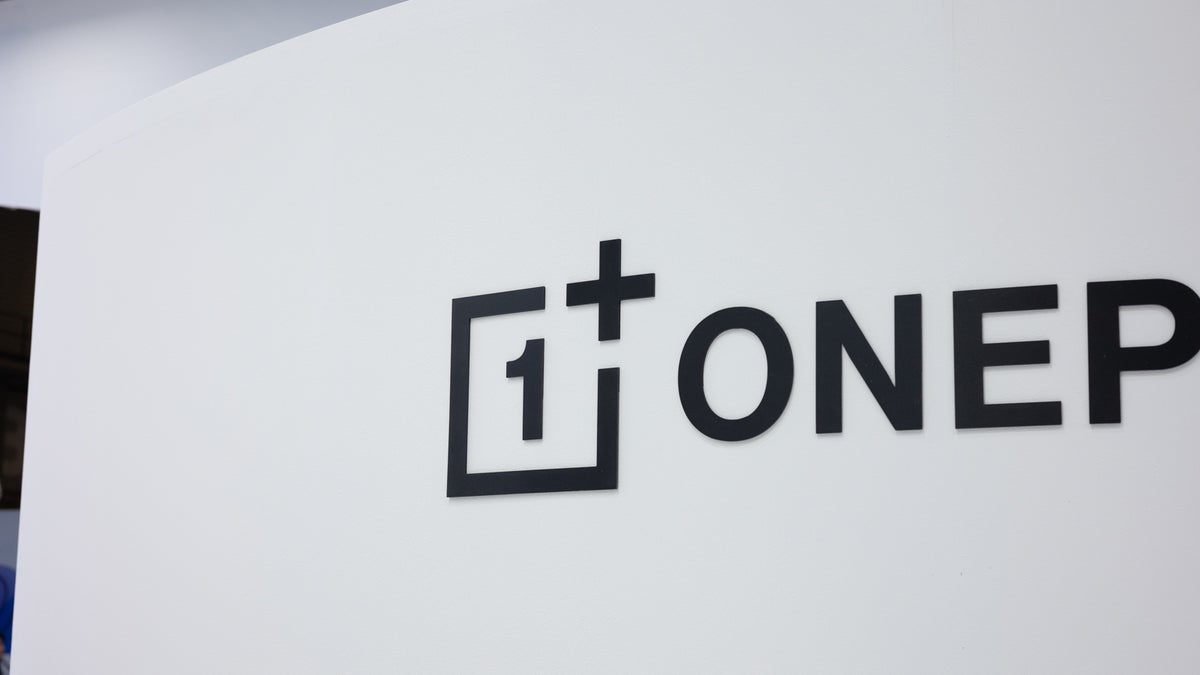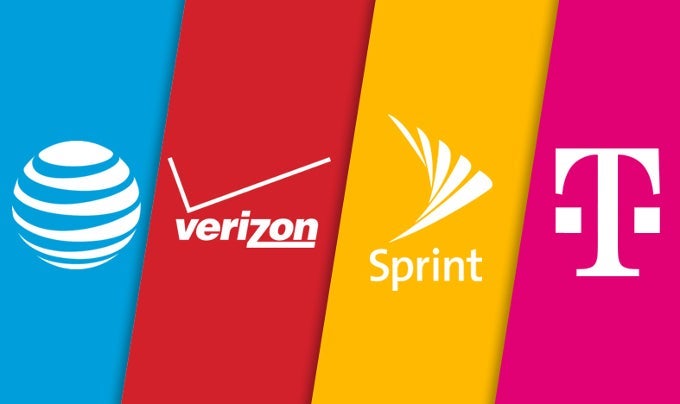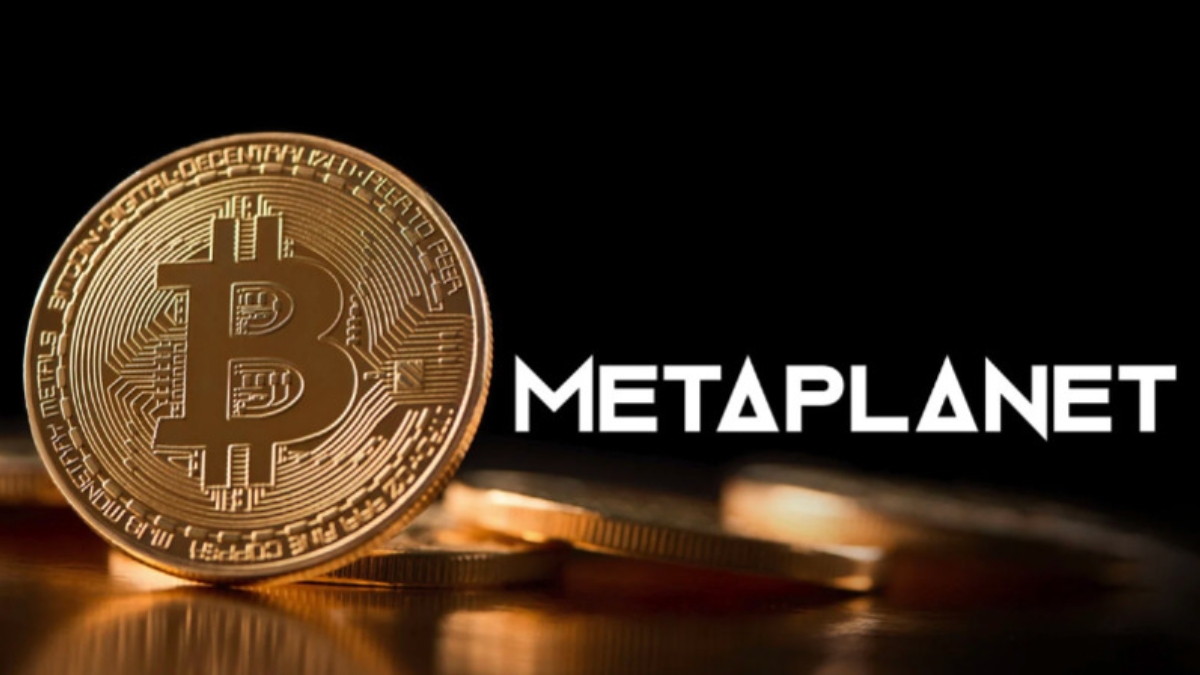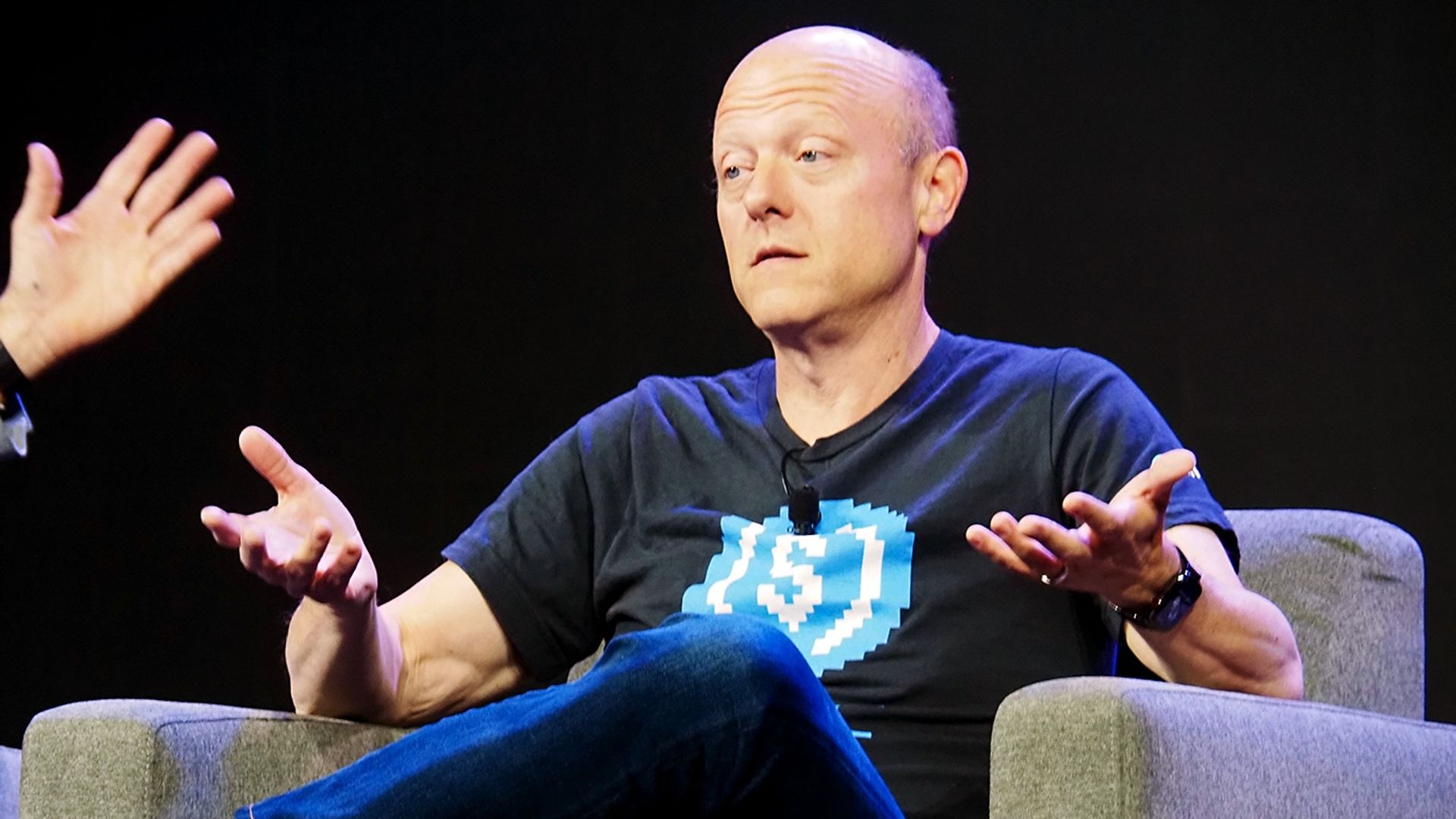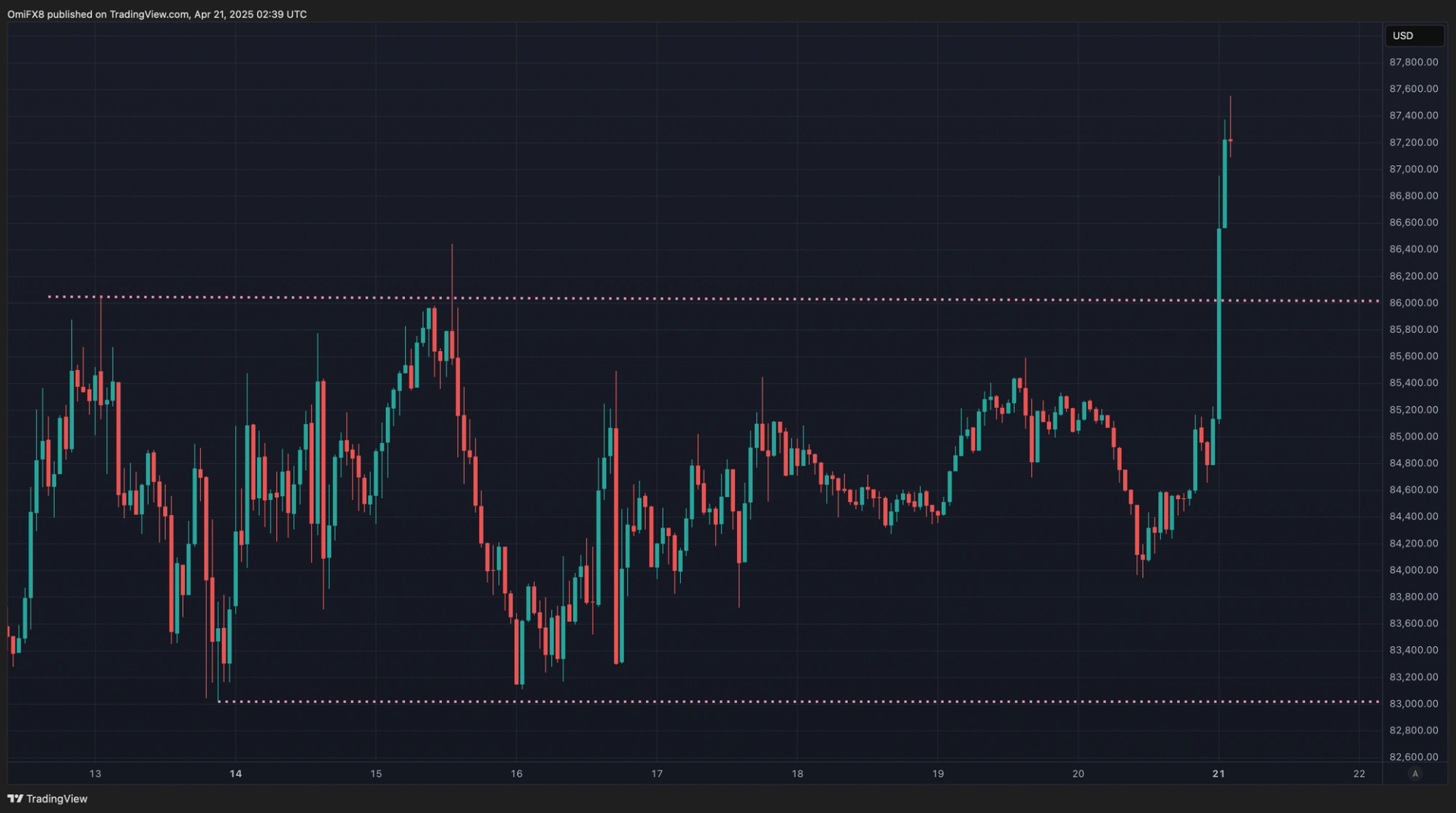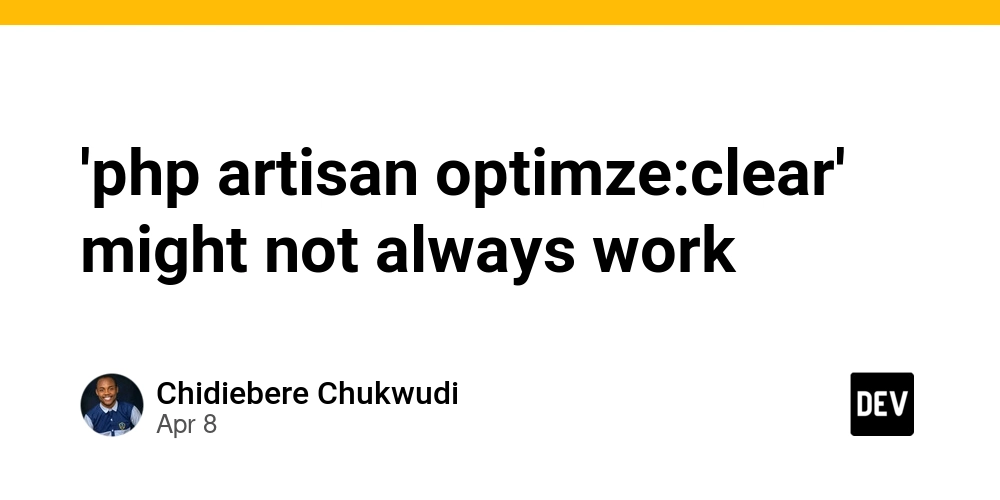Generative AI vs Large Language Models LLMs | Understanding the Difference
In recent years, the fields of artificial intelligence (AI) & machine learning (ML) have witnessed major progress, especially with the rise of Generative AI and Large Language Models (LLMs). Although often used in place of one another, these terms refer to different yet connected parts of AI technology. To fully understand their value & limitations, it is essential to explore what each one means, how they differ, and where they overlap. Explore this What is Generative AI guide to get in-depth knowledge of GEN AI. What Is Generative AI Generative AI is a branch of artificial intelligence focused on creating new content. This content can include text, images, audio, videos, code, or even 3D models. Rather than just analyzing data or predicting outcomes, generative AI models are built to produce original content based on learned patterns & prompts from users. Generative AI depends on advanced algorithms, often powered by neural networks, to understand & recreate complex data structures. Some examples include: Text generation for writing articles or composing poems Image creation using tools like DALL·E or Midjourney Music composition Video synthesis Code generation These tools are useful in many areas like content creation, marketing, design, education, entertainment & more. What Are Large Language Models (LLMs) Large Language Models, or LLMs, are a type of generative AI model that are made to understand & generate human-like text. These models are trained using large datasets with billions of words taken from books, websites, forums, news articles, and similar sources. The core idea of LLMs is to use deep learning with transformer-based architecture to understand language structure & meaning. Some well-known LLMs include: OpenAI’s GPT (Generative Pretrained Transformer) series Google’s PaLM Meta’s LLaMA Anthropic’s Claude LLMs can perform a wide variety of tasks related to language such as translation, summarization, answering questions, sentiment analysis & chatbot interactions. Key Differences Between Generative AI and LLMs While LLMs belong to the generative AI family, there are some key differences between them. Feature Generative AI Large Language Models (LLMs) Scope Works with text, image, video, audio, and more Focuses mainly on text Purpose Can create any type of content Specializes in understanding and generating natural language Technology Uses GANs, diffusion models, and transformers Uses transformer models Examples DALL·E, ChatGPT, MusicLM, RunwayML GPT-4, Claude, LLaMA, Bard Applications Art, media, entertainment, simulations Writing, coding, translation, customer support Simply put, every LLM is a generative AI model, but not every generative AI model is an LLM. LLMs are designed for language tasks, while generative AI as a whole spans a much wider range of content types & creative uses. How Do LLMs Work LLMs use a neural network design known as a transformer. This system helps the model process long strings of text while understanding context, grammar, and meaning. The process includes: Pretraining: where the model studies large datasets to learn how language works Finetuning: where it is adjusted for specific uses such as legal or medical writing Inference: where the model uses what it learned to respond to a prompt with generated text The aim is not just to find matching words, but to predict the most likely next word based on the earlier input. This results in output that often sounds like it was written by a person. Use Cases of Generative AI and LLMs Generative AI Design platforms like Canva use it to suggest templates & layouts Entertainment is using it to produce music or create movies Education benefits from personalized lessons made with video or animation Fashion & product design use it to make new styles or prototypes LLMs Customer support teams use AI chatbots to respond all day Content creators use them for writing help in blogs, news, & marketing Developers rely on LLMs to write and fix code, such as with GitHub Copilot Legal and healthcare fields use them to draft & simplify complex documents Ethical Considerations and Challenges Like all new tech, both generative AI and LLMs bring important ethical questions: Bias & fairness: are concerns since models reflect the data they are trained on Misinformation: is a risk as AI can make text that seems real but is false Copyright laws: are unclear on who owns content created by AI Job displacement: may happen if automation replaces creative or support roles To handle these risks, we need responsible development, open methods & people involved in the process. Conclusion Generative AI and Large Language Models show a huge step forward in how machines can understand & make content. LLMs are one type of generative AI that focuses on language, but the full field covers much more, from ima
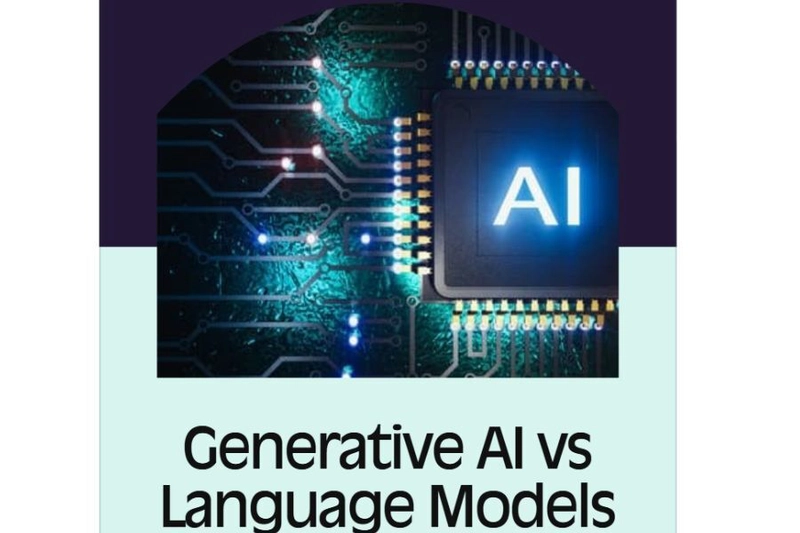

In recent years, the fields of artificial intelligence (AI) & machine learning (ML) have witnessed major progress, especially with the rise of Generative AI and Large Language Models (LLMs). Although often used in place of one another, these terms refer to different yet connected parts of AI technology. To fully understand their value & limitations, it is essential to explore what each one means, how they differ, and where they overlap.
Explore this What is Generative AI guide to get in-depth knowledge of GEN AI.
What Is Generative AI
Generative AI is a branch of artificial intelligence focused on creating new content. This content can include text, images, audio, videos, code, or even 3D models. Rather than just analyzing data or predicting outcomes, generative AI models are built to produce original content based on learned patterns & prompts from users.
Generative AI depends on advanced algorithms, often powered by neural networks, to understand & recreate complex data structures. Some examples include:
- Text generation for writing articles or composing poems
- Image creation using tools like DALL·E or Midjourney
- Music composition
- Video synthesis
- Code generation
These tools are useful in many areas like content creation, marketing, design, education, entertainment & more.
What Are Large Language Models (LLMs)
Large Language Models, or LLMs, are a type of generative AI model that are made to understand & generate human-like text. These models are trained using large datasets with billions of words taken from books, websites, forums, news articles, and similar sources. The core idea of LLMs is to use deep learning with transformer-based architecture to understand language structure & meaning.
Some well-known LLMs include:
- OpenAI’s GPT (Generative Pretrained Transformer) series
- Google’s PaLM
- Meta’s LLaMA
- Anthropic’s Claude
LLMs can perform a wide variety of tasks related to language such as translation, summarization, answering questions, sentiment analysis & chatbot interactions.
Key Differences Between Generative AI and LLMs
While LLMs belong to the generative AI family, there are some key differences between them.
| Feature | Generative AI | Large Language Models (LLMs) |
|---|---|---|
| Scope | Works with text, image, video, audio, and more | Focuses mainly on text |
| Purpose | Can create any type of content | Specializes in understanding and generating natural language |
| Technology | Uses GANs, diffusion models, and transformers | Uses transformer models |
| Examples | DALL·E, ChatGPT, MusicLM, RunwayML | GPT-4, Claude, LLaMA, Bard |
| Applications | Art, media, entertainment, simulations | Writing, coding, translation, customer support |
Simply put, every LLM is a generative AI model, but not every generative AI model is an LLM. LLMs are designed for language tasks, while generative AI as a whole spans a much wider range of content types & creative uses.
How Do LLMs Work
LLMs use a neural network design known as a transformer. This system helps the model process long strings of text while understanding context, grammar, and meaning. The process includes:
- Pretraining: where the model studies large datasets to learn how language works
- Finetuning: where it is adjusted for specific uses such as legal or medical writing
- Inference: where the model uses what it learned to respond to a prompt with generated text
The aim is not just to find matching words, but to predict the most likely next word based on the earlier input. This results in output that often sounds like it was written by a person.
Use Cases of Generative AI and LLMs
Generative AI
- Design platforms like Canva use it to suggest templates & layouts
- Entertainment is using it to produce music or create movies
- Education benefits from personalized lessons made with video or animation
- Fashion & product design use it to make new styles or prototypes
LLMs
- Customer support teams use AI chatbots to respond all day
- Content creators use them for writing help in blogs, news, & marketing
- Developers rely on LLMs to write and fix code, such as with GitHub Copilot
- Legal and healthcare fields use them to draft & simplify complex documents
Ethical Considerations and Challenges
Like all new tech, both generative AI and LLMs bring important ethical questions:
- Bias & fairness: are concerns since models reflect the data they are trained on
- Misinformation: is a risk as AI can make text that seems real but is false
- Copyright laws: are unclear on who owns content created by AI
- Job displacement: may happen if automation replaces creative or support roles
To handle these risks, we need responsible development, open methods & people involved in the process.
Conclusion
Generative AI and Large Language Models show a huge step forward in how machines can understand & make content. LLMs are one type of generative AI that focuses on language, but the full field covers much more, from images to music and beyond. As these tools keep growing, they can change how we work, think, create & communicate if used with care.








































































































































































![[The AI Show Episode 144]: ChatGPT’s New Memory, Shopify CEO’s Leaked “AI First” Memo, Google Cloud Next Releases, o3 and o4-mini Coming Soon & Llama 4’s Rocky Launch](https://www.marketingaiinstitute.com/hubfs/ep%20144%20cover.png)



















































































































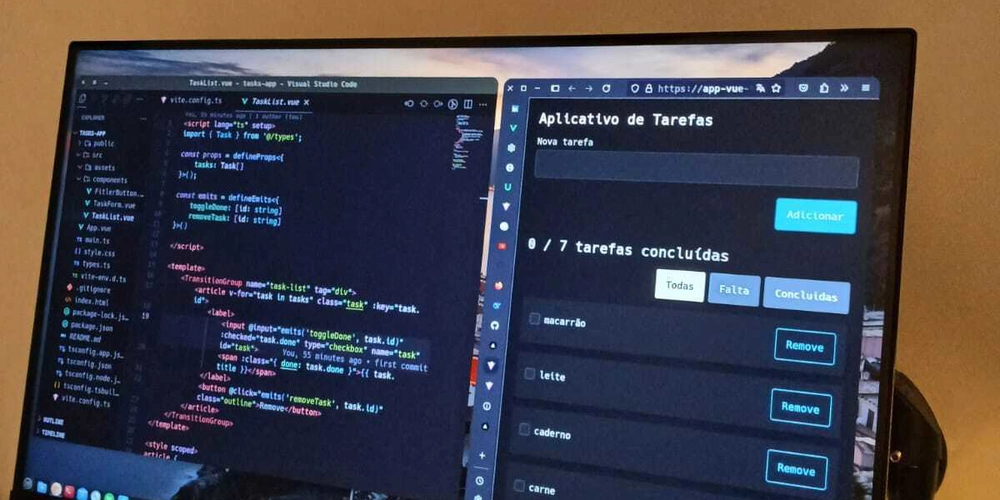
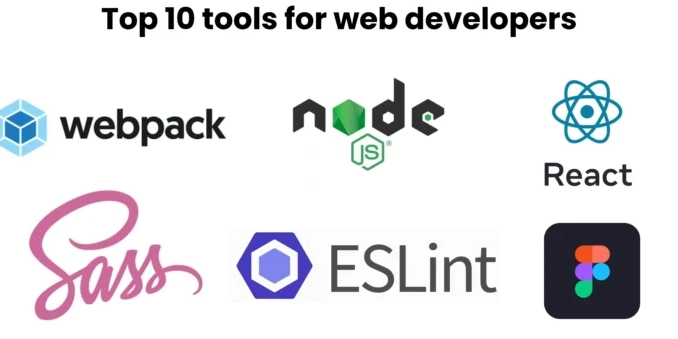













![[DEALS] The All-in-One Microsoft Office Pro 2019 for Windows: Lifetime License + Windows 11 Pro Bundle (89% off) & Other Deals Up To 98% Off](https://www.javacodegeeks.com/wp-content/uploads/2012/12/jcg-logo.jpg)

































































































































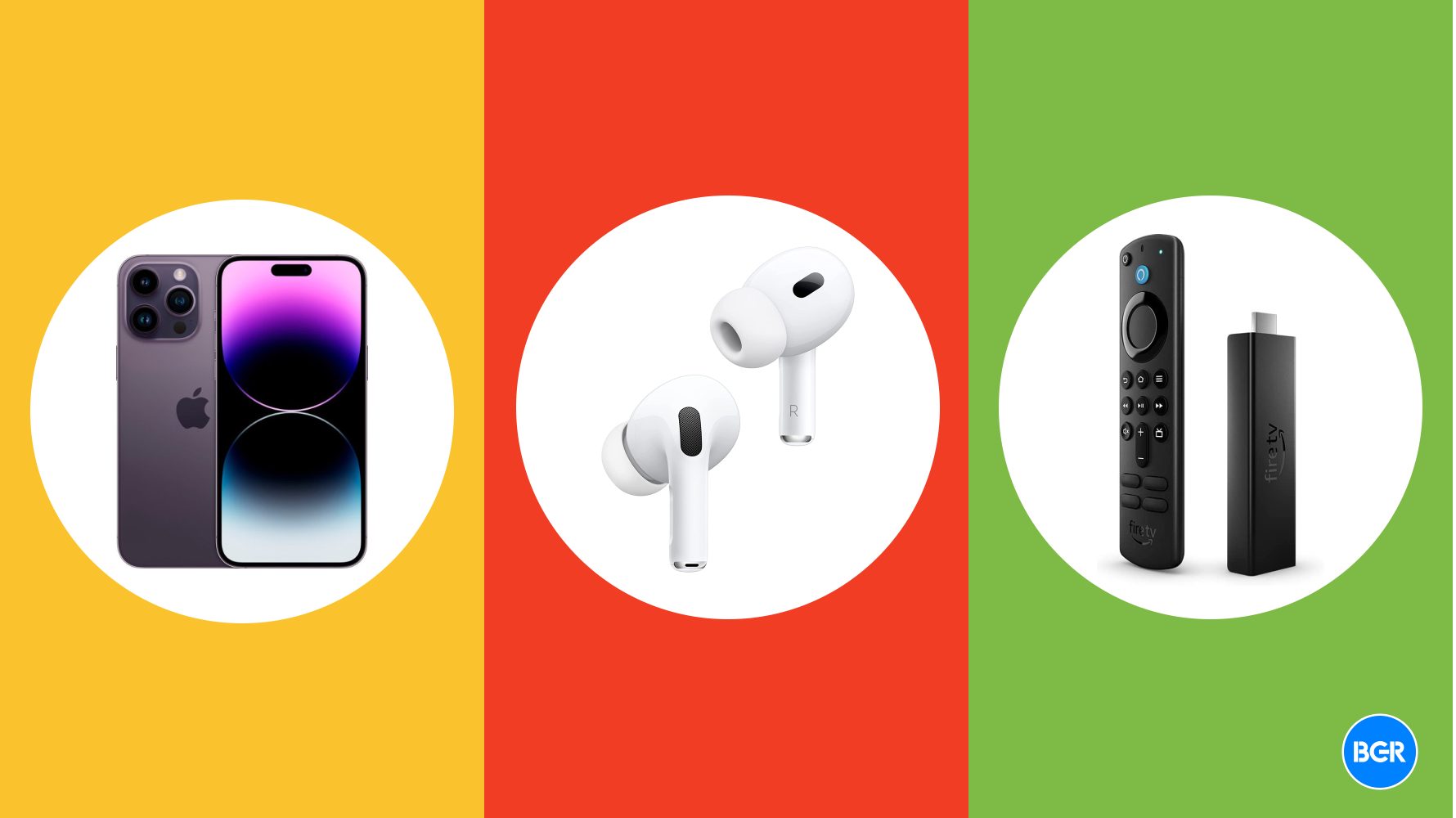













_Andreas_Prott_Alamy.jpg?width=1280&auto=webp&quality=80&disable=upscale#)










































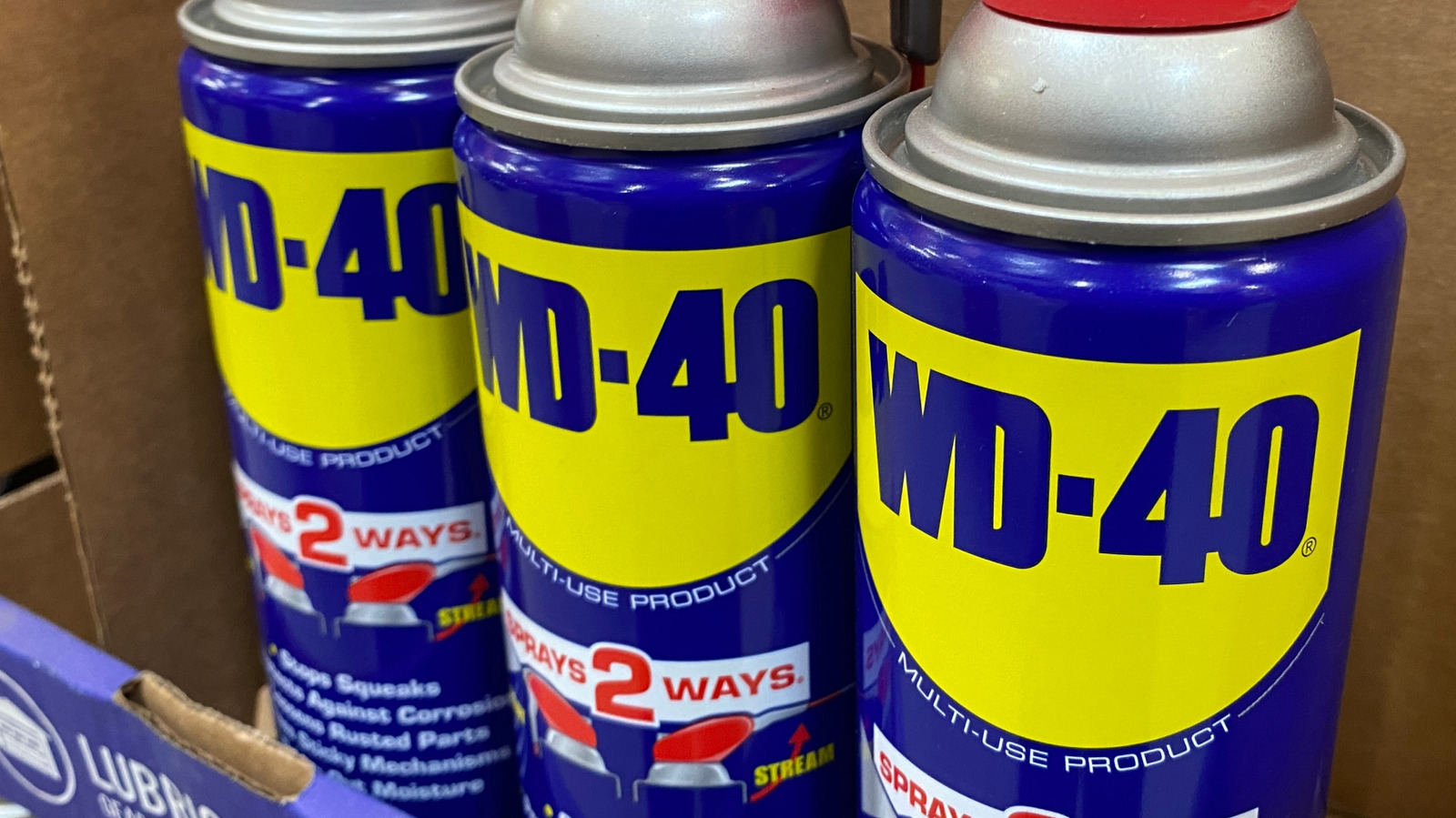































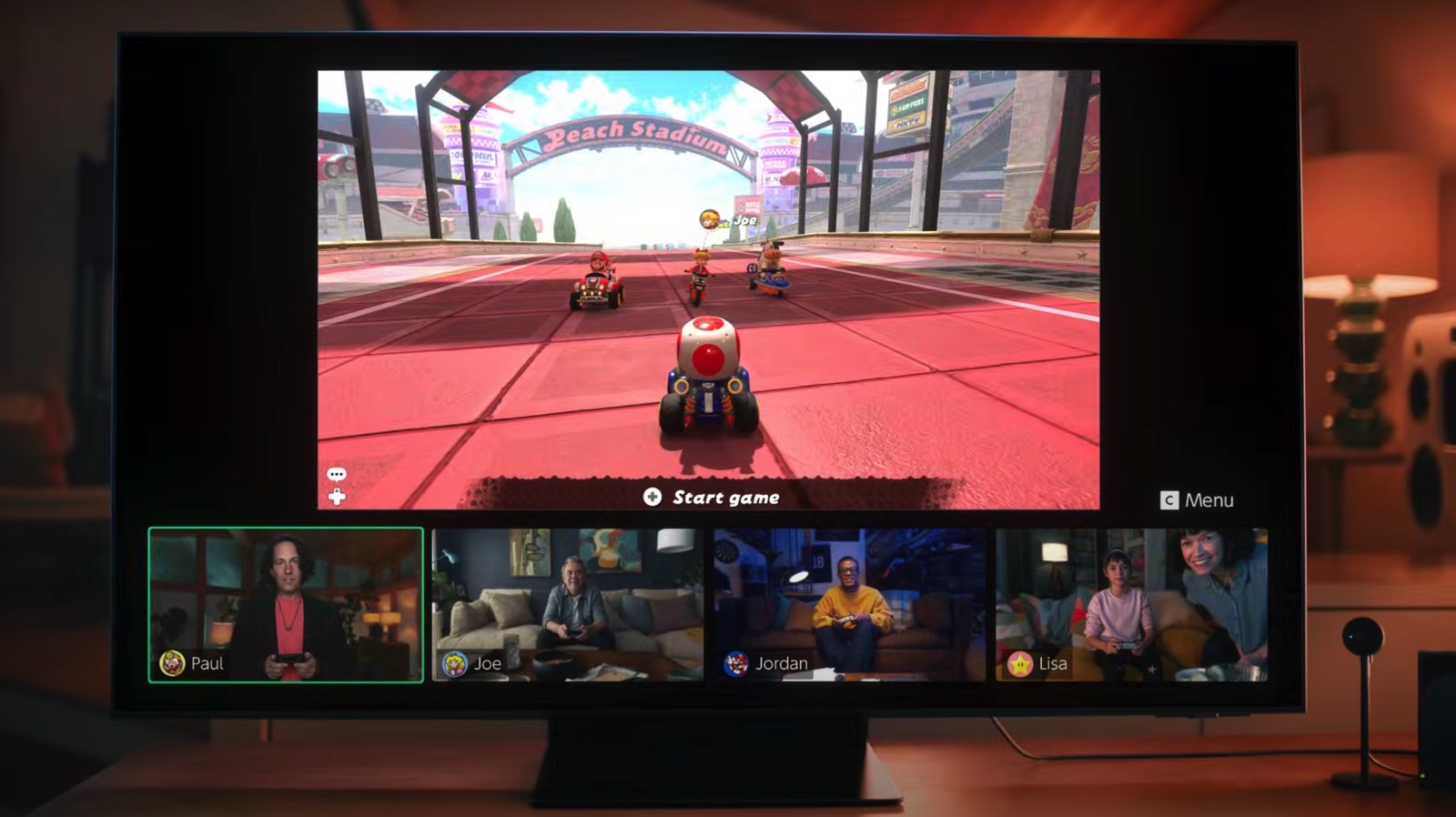













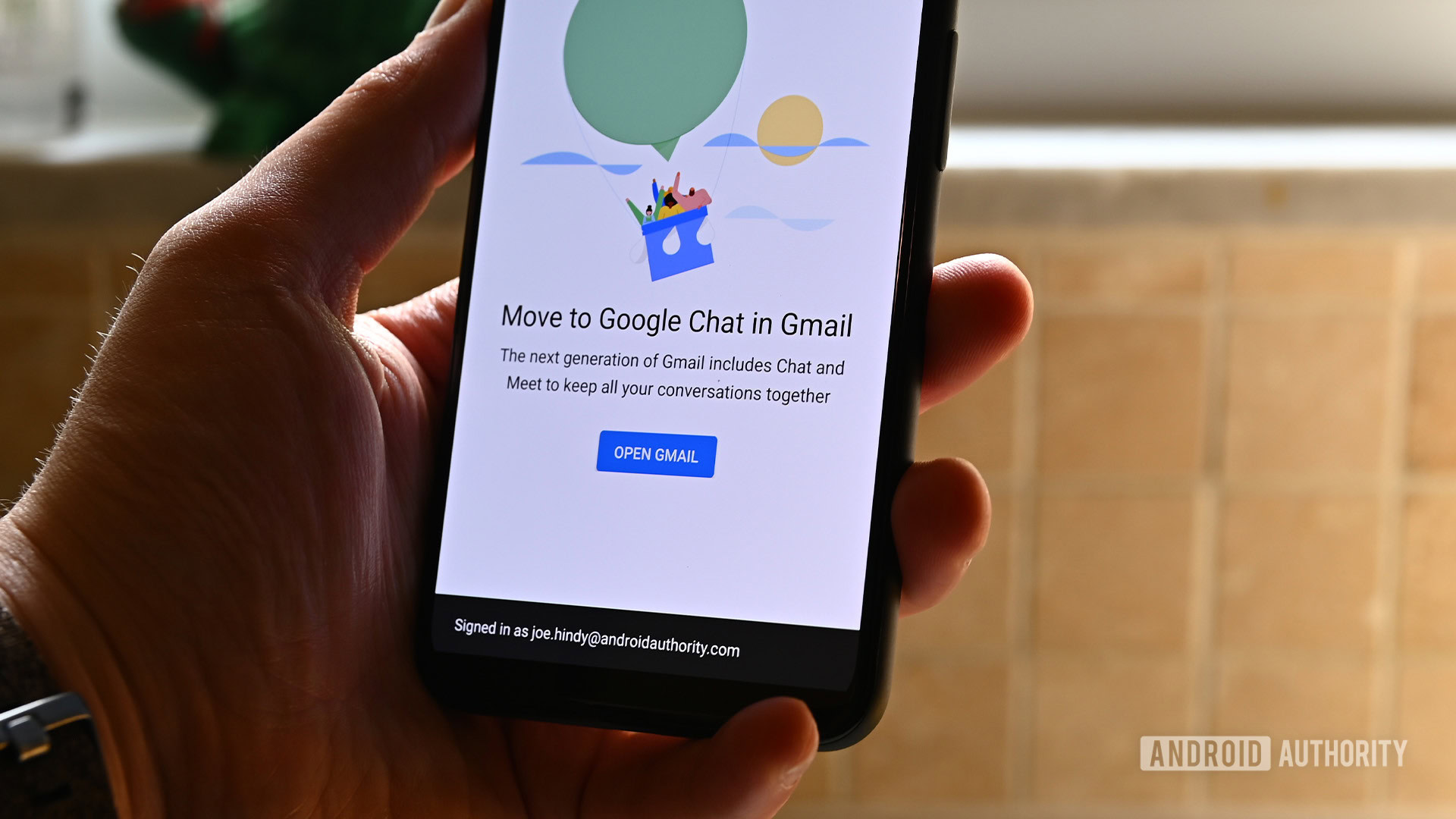









![What features do you get with Gemini Advanced? [April 2025]](https://i0.wp.com/9to5google.com/wp-content/uploads/sites/4/2024/02/gemini-advanced-cover.jpg?resize=1200%2C628&quality=82&strip=all&ssl=1)












![Apple Shares Official Trailer for 'Long Way Home' Starring Ewan McGregor and Charley Boorman [Video]](https://www.iclarified.com/images/news/97069/97069/97069-640.jpg)
![Apple Watch Series 10 Back On Sale for $299! [Lowest Price Ever]](https://www.iclarified.com/images/news/96657/96657/96657-640.jpg)
![EU Postpones Apple App Store Fines Amid Tariff Negotiations [Report]](https://www.iclarified.com/images/news/97068/97068/97068-640.jpg)













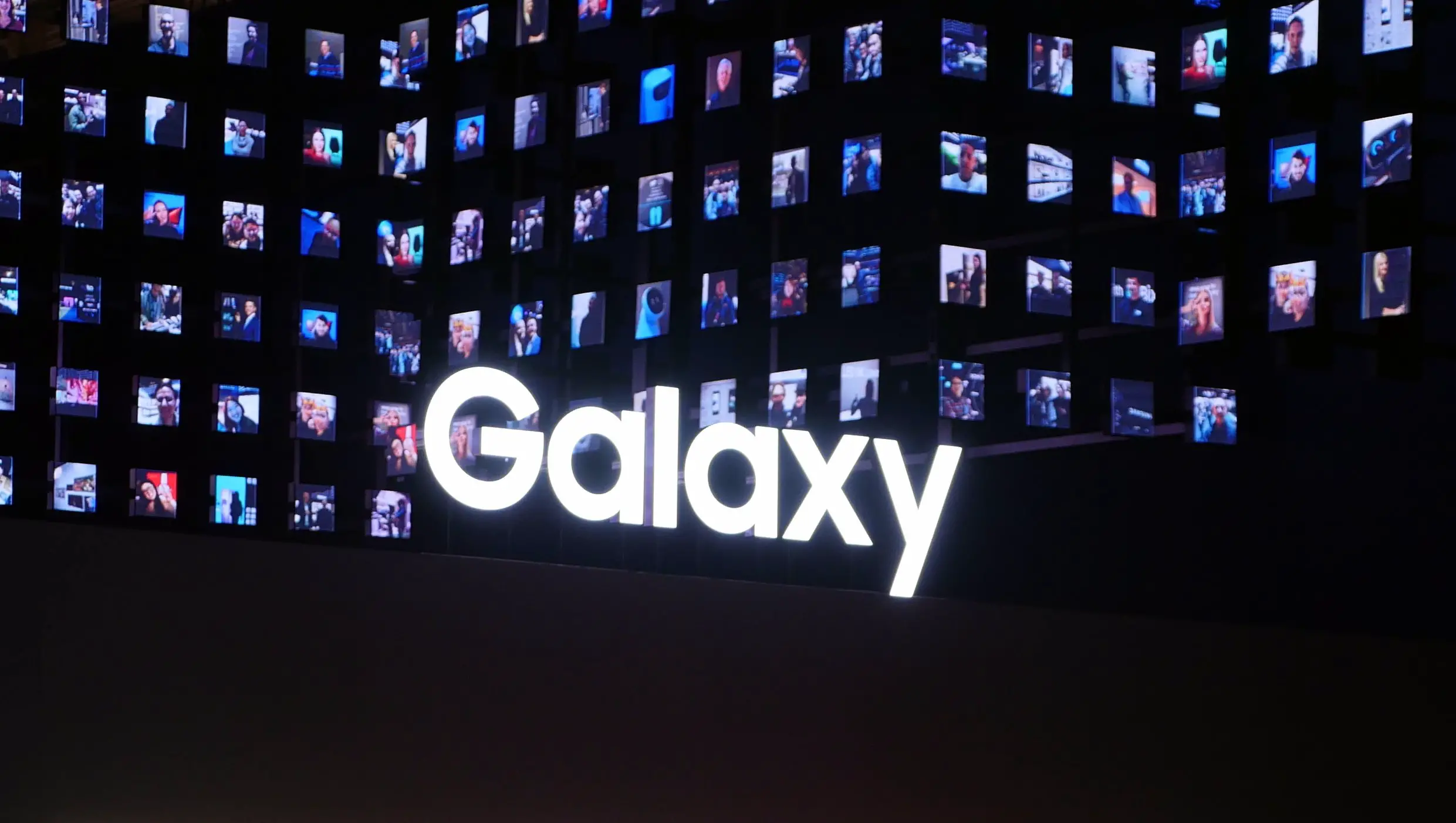














![Mobile Legends: Bang Bang [MLBB] Free Redeem Codes April 2025](https://www.talkandroid.com/wp-content/uploads/2024/07/Screenshot_20240704-093036_Mobile-Legends-Bang-Bang.jpg)





















